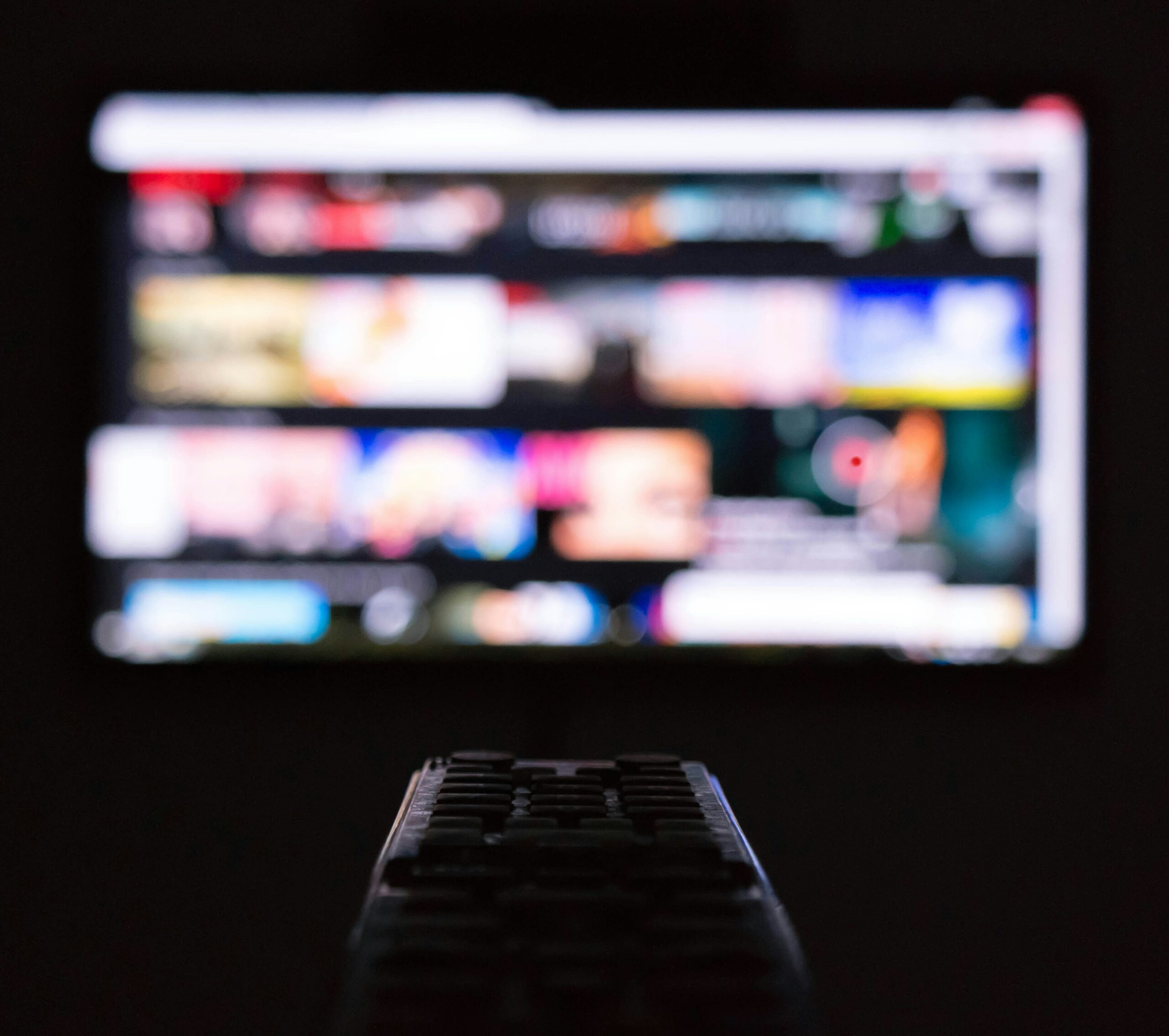Date of publication: 4 August 2025
Andriy Lytvyn, Attorney, Head of Kharkiv Office
Source: MC.today
Effective protection of authors’ rights to works – code, design, video, photos, or text – was a difficult task long before the advent of the Internet. With the development of digital technologies, despite new opportunities for creativity and content distribution, new threats have also emerged.
Today, any digital work can be copied, stolen, or downloaded without the copyright holder’s permission and instantly distributed anywhere in the world. Often without mentioning the author and with subsequent monetization of someone else’s work. The theft of digital content has become not just a technical possibility but a systemic phenomenon.
In such conditions, copyright ceases to be a niche tool for a narrow circle of artists. It becomes an everyday necessity and a source of income for creators in a wide variety of fields, from online sock shops to IT, from freelancing to media projects.
How to protect copyright on content?
The first question clients ask about the content they have created is: how do we register our rights to protect them? Let me remind you that as soon as a work is created and recorded in any form, it is protected by copyright. For the digital environment, the appropriate form of recording a work is files containing text, images, video, or other content.
Although it is possible to obtain a copyright registration certificate in Ukraine, which may strengthen your position and be more understandable in the event of a conflict in the digital environment, you do not need to register your work specifically to obtain protection. The main thing to remember is that proof of authorship and the date of creation of the content are extremely important for protecting your rights.
One of the least noticeable but most effective ways to identify the author of a work in a digital environment is through the use of metadata and digital signatures. Metadata is technical information about a file that is not visible to the average user but can be read, such as the author’s name, the date the file was created, geolocation, etc. A digital signature is a cryptographic tag that links a file to a specific person.
However, they do not guarantee protection of your content from copying; they are the first line of legal defense, a kind of “author’s fingerprint,” and a significant aid in identifying the author.
In the practice of Ilyashev & Partners Law Firm, there are cases where metadata and digital signatures of the developer on files helped prove his authorship of the program code, as experts established that the file contained the client’s surname and had an earlier creation date than the files provided by the opponents.
What should you do if your content has been posted on a third-party resource without your consent?
In such cases, the law provides for a separate procedure for stopping copyright and related rights violations on the internet. In Ukraine, this protection mechanism is enshrined in the Law of Ukraine “On Copyright and Related Rights,” which is analogous to the Digital Millennium Copyright Act, better known by its abbreviation DMCA – a US law that is more global in nature and applies in cases where the website or hosting is located abroad.
Under this procedure, the copyright holder must contact the owner of the infringing website, page, or hosting service with a request to stop infringing their rights. After such a request, the content must be quickly removed; otherwise, all parties involved will be held liable.
The practice of Ilyashev & Partners Law Firm shows that upon receiving such statements, violators try to comply with the requirements of rights holders. In most cases, the support of such cases ends successfully.
For example, we acted as legal advisors to an international agency specialising in digital content protection against unauthorized access to digital media on the Internet. The agency found that several websites distributing digital content without rights holders’ consent were operating on the Internet and hosted in Ukraine. We identified the companies that owned the web hosting services distributing pirated content, as well as the location of the relevant servers. After negotiations with the hosting service, the pirated content was removed.
If such measures do not help, there are more traditional ways to deal with violators – contacting law enforcement agencies, bringing those responsible to justice, and protecting the author’s rights in court.
Copyright protection in the digital age is not just about litigation, but more about the expediency and speed of eliminating infringements, anticipating risks, building a case, and using all available tools, both technical and legal.

